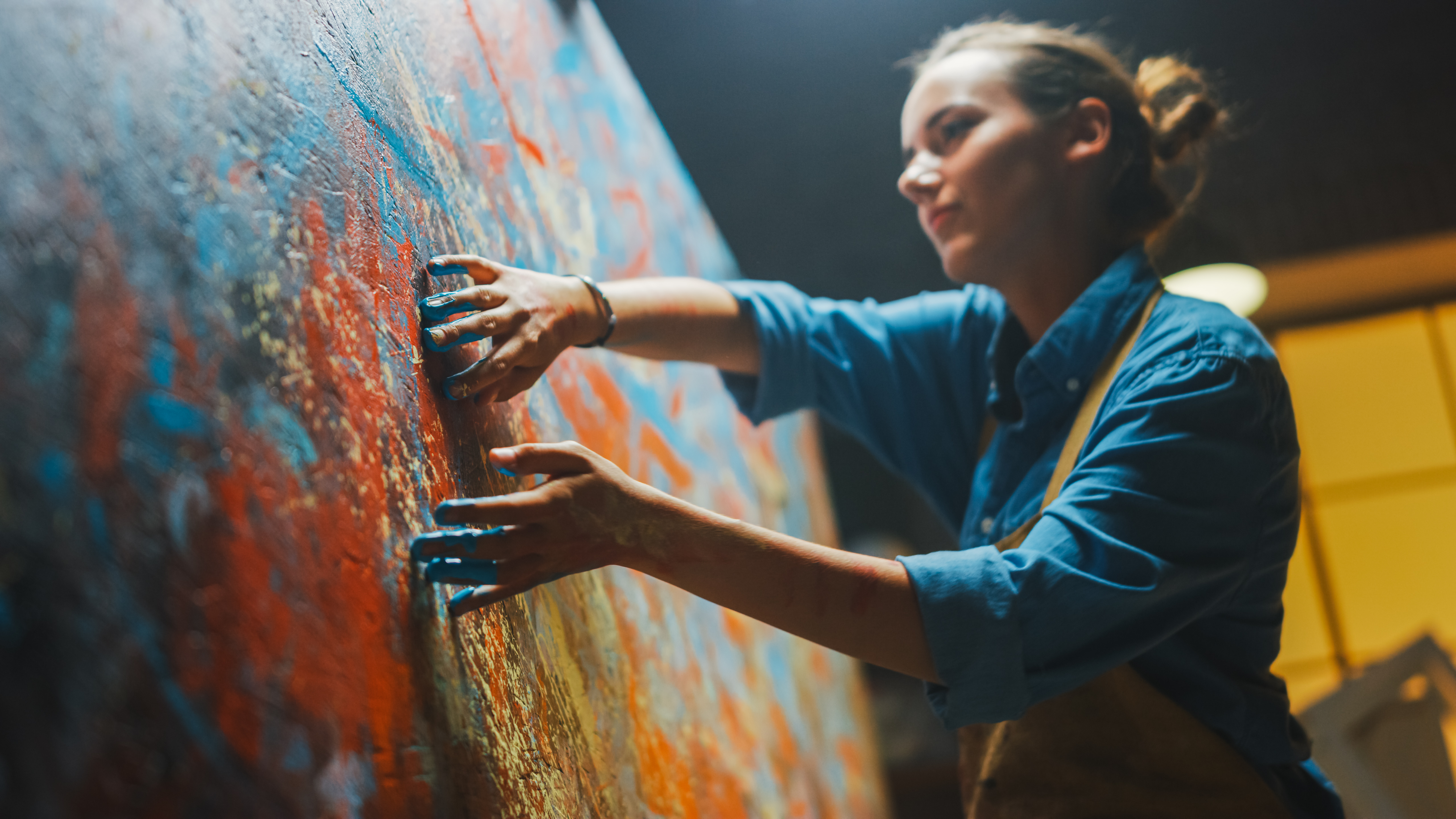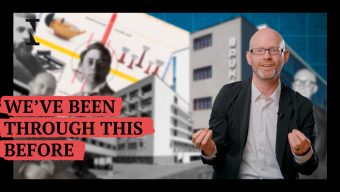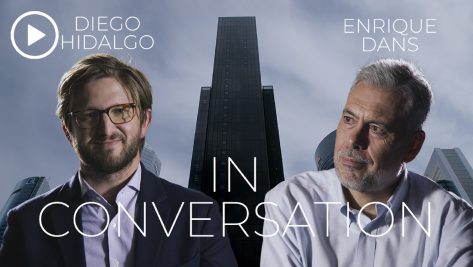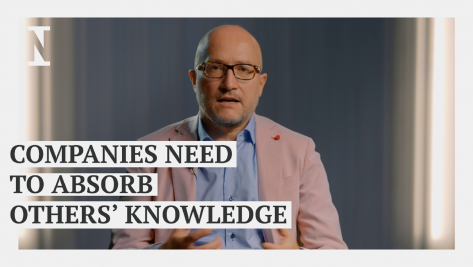Leaders commonly attempt to implement innovation by following recommendations such as participating in workshops, using the latest technologies, and hiring external experts. Yet, even with all of this, they find themselves struggling to work their way towards success. This is usually due to a leader’s tendency to focus on specific policies rather than embracing a particular mindset.
So, what kind of mindset should be adopted in order to actually nurture innovation? I believe that the solution is an artistic mindset, a mix of artistic behaviors, and knowledge that artists accumulate through their training – and that the business community seems to lack.
People usually assume the arts have nothing to do with business and, therefore, there is nothing for business leaders to learn from artists. This couldn’t be farther from the truth.
The everyday life of an artist revolves around the expression and carrying out of imagined and conceptual ideas, which in turn push these same creators to go even further in order to gain new, more unique insight and more importantly to attempt to realize them at all cost. Entrepreneurs do the same when searching for a solution to a business problem. But while business professionals are trained to execute, artists are trained to create and this fundamental difference shows how professionals in a corporate environment can succeed by changing their mindset to think more like an artist and establish fertile ground for innovation to grow.
Observation is a skill artists are particularly well-trained in and that business professionals must strengthen. For example, executives must understand their customers’ behaviors in order to not only respond to their needs but anticipate them. Yet, having eyes doesn’t necessarily translate into actually seeing. Therefore, observation is a skill to be developed, practiced, and honed. Here, artists can teach us a great deal in their ability to observe and pull valuable insight from those observations.
The next step, once the artist goes through a process of observation, is the questioning of what has been observed.
Throughout the traditional education system, and afterwards in the job market, we often focus on finding the right answer instead of looking for the right question. This approach can lead to the tendency to execute without even questioning whether the action makes sense. For example, until 2007, it was considered a given that mobile phones needed a keyboard (that took up 65% of the phone’s surface.) It took Apple to finally ask the simple question: “do we need a keyboard?” and the rest is history. But artists are traditionally the ones encouraged, in their education and their practice, to question everything. This probing is essential to their work and it enables the exploration of grey areas and offers different interpretations – and it helps artists be original within their field of work. Consider Marcel Duchamp, who challenged the very essence of art by using daily products and labeling them as art. By so doing, Duchamp changed the course of history – referring to art as a concept and not as an object.
There are different ways to help business professionals develop their artistic mindsets. Companies can create their own Artist-in-Residence programs or build project collaborations with artists, for example like Stratasys, a market leader in 3D, is doing.
In an experience-based economy and with a human-centric approach, artists have the advantage in understanding customers to offer solutions. Yes, artists are the new startup founders. As of September 2020, Snap market value is $36.23 billion, Airbnb’s is $31 billion, Patreon $1.2 billion and Square’s is $67.47 billion (USD). What do these companies have in common? Some would say they are innovative and creative, that they are revolutionary. And indeed they are. These companies have leveraged new technologies to reshape their industries and create multibillion-dollar businesses.
However, there is another similarity amongst them. Each of these companies have founders, or co-founders, with backgrounds in art and design. Evan Spiegel from Snap is a product designer; Joe Gebbia and Brian Chesky from Airbnb are designers, Jack Conte from Patreon is a musician and Jim McKelvey from Square is an engineer and a glass artist.
Art is not necessarily the object – the painting or sculpture – but rather the act of creation and, before that, the way of thinking, of considering and probing. In the rapidly changing and uncertain world in which we find ourselves today, we must adopt new ways of thinking. Thus, the next time you rush to use an innovation tool, remember that while these tools remain fundamental to our attempts, it is only when we connect them to a new mindset that we are able to leverage them for true, innovative success. That’s the value of an artistic mindset.
© IE Insights.











